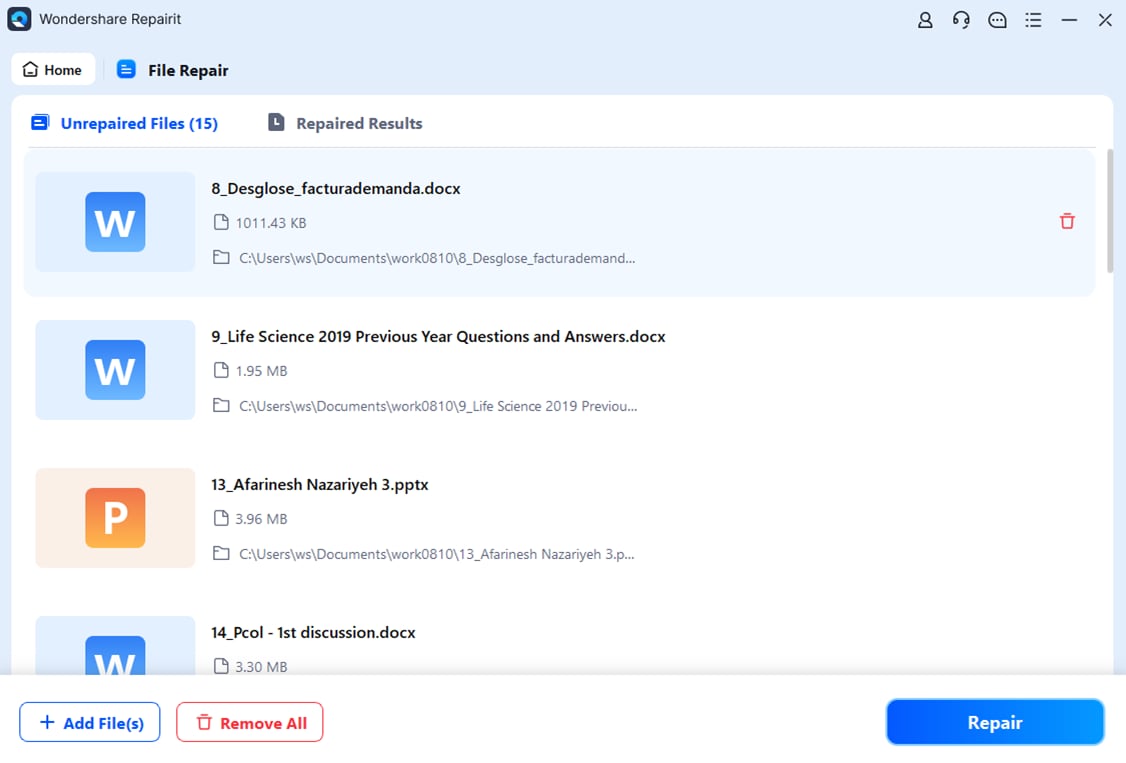Excel Trick: Make Any Cell Blink Easily

Have you ever needed to draw attention to certain cells in your Excel spreadsheet, perhaps because they contain critical data or to signify an error or a deadline? One eye-catching way to achieve this is by making the cell blink. While Excel does not have a built-in feature for blinking cells, with a little ingenuity and VBA (Visual Basic for Applications) scripting, you can make your cells flash, drawing the viewer's eye exactly where you want it. Here's how you can turn any cell into a dynamic beacon within your spreadsheet.
Understanding the Basics of VBA in Excel
Before we dive into the blinking cell trick, let’s cover the basic concepts of VBA in Excel. VBA is a programming language from Microsoft that is part of the Microsoft Office suite, allowing you to automate tasks in Excel, Word, and other Office applications. Here’s what you need to know:
- VBA code resides in modules or behind objects like buttons, shapes, and charts in your workbook.
- VBA can interact with every part of the Excel environment, from the worksheet itself to the data, user forms, and more.
- Basic programming concepts such as loops, variables, functions, and event handlers are all part of VBA.
Creating the VBA Code for Blinking Cells
To make a cell blink, we’ll use VBA to change the cell’s background color in a continuous loop. Here’s a step-by-step guide:
- Open Excel and press Alt + F11 to open the VBA editor.
- Click Insert > Module to create a new module.
- Copy and paste the following VBA code into the module:
Option Explicit
Sub BlinkCell()
Dim rng As Range
Dim blinkInterval As Single
Dim colorIndex As Integer
Dim startTime As Single
Dim endTime As Single
Dim counter As Integer
'Set the range to blink, A1 in this example
Set rng = Range("A1")
'Set the interval of each blink in seconds
blinkInterval = 0.5
'Set the color to blink between (White = 2 and Black = 1)
colorIndex = 2
'Set the number of times to blink
counter = 10
startTime = Timer
Do While Timer < startTime + blinkInterval * counter * 2
If colorIndex = 2 Then
rng.Interior.Color = RGB(255, 255, 255) 'White
colorIndex = 1
Else
rng.Interior.Color = RGB(0, 0, 0) 'Black
colorIndex = 2
End If
endTime = Timer
If endTime - startTime < blinkInterval Then
Application.Wait (Now + TimeValue("0:00:" & blinkInterval))
End If
Loop
'Set the cell back to no fill when finished
rng.Interior.ColorIndex = xlNone
End SubHere's what this code does:
- Defines a range (A1) to blink.
- Sets the blinking interval and the number of blinks.
- Uses a loop to change the cell color between white and black at set intervals.
- Resets the cell color to 'no fill' once the blinking is complete.
👨💻 Note: This script will run continuously until it completes the set number of blinks. Ensure your macro settings allow VBA execution.
Running the Blinking Cell Script
Once the VBA code is in place:
- Go back to Excel and press Alt + F8 to open the Macro dialog.
- Select BlinkCell and click Run.
The cell will now blink, allowing you to draw attention to important information.
Customizing the Blink Effect
Here are some ways you can tweak the blinking effect to suit your needs:
- Adjust the Interval: Change the
blinkIntervalvalue to control how fast the cell blinks. - Change the Colors: Alter the RGB values to choose different colors for the blink.
- Select Multiple Cells: Instead of “A1”, select any range of cells for blinking.
- Blinking on Event: Make the cell blink based on a particular event, like data entry or specific calculations by modifying the
WorkbookorWorksheetevents.
🔍 Note: Remember that overusing this technique can be distracting and may slow down your workbook. Use it sparingly for maximum impact.
Combining Visual Alerts
Beyond blinking, consider combining different visual alerts in Excel for maximum impact:
- Conditional Formatting: Use conditional formatting to change cell colors or add icons based on cell values.
- Data Validation: Alert users when they input invalid data through data validation rules.
- Formatting as a Table: Use tables with formatted stripes to enhance readability and make important data stand out.
By understanding and leveraging VBA, you can add dynamic visual effects to your Excel spreadsheets, making important data points pop with the blink of an eye. Remember, while the blinking cell is a useful trick, it should be used judiciously to avoid creating sensory overload for your audience. Keep it simple, purposeful, and effective. Your spreadsheets can now not only organize and analyze data but also communicate key information in a visually engaging manner, enhancing the user experience and driving attention to where it matters most.
Can I make multiple cells blink at the same time?
+Yes, you can modify the VBA code to blink multiple cells simultaneously by expanding the Set rng line to include a range like Range("A1:A5") or Range("A1,B2,C3").
Is blinking cells compatible with all versions of Excel?
+This VBA code is compatible with Excel 2007 and later versions. Earlier versions might have limited VBA support.
How can I stop the blinking if I need to?
+Pressing Ctrl + Break during the execution of the macro will halt the script, stopping the blink effect.
Related Terms:
- Conditional blinking cell in Excel
- Excel flashing
- excel blinking cell without vba
- excel blinking cell conditional formatting
- blinking conditional formatting excel
- blinking cells in excel



